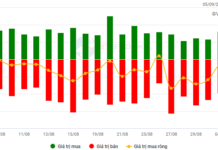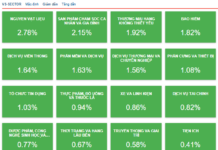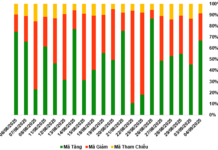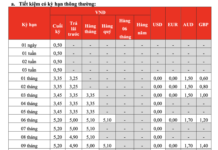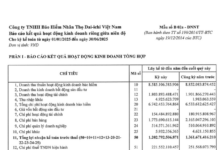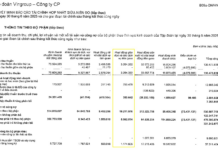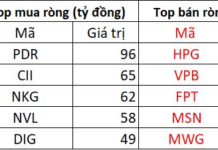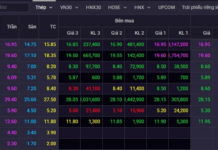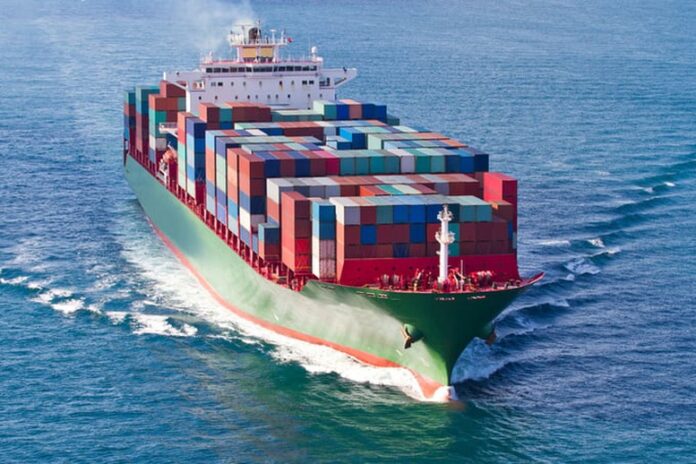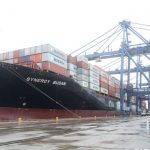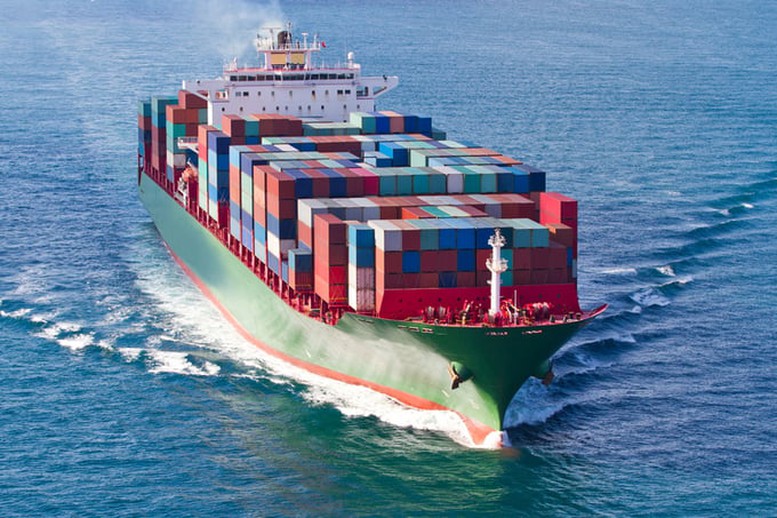
While transportation rates are on a downward trend, there are clear signs of growing cargo volumes – Illustration
At the beginning of July 2024, according to data from the maritime consulting firm Drewry, the spot freight rate for a 40-foot container of goods from Shanghai, China, to New York, USA, reached $9,387 on July 11. This figure is double that of February, although it is still lower than the peak of $16,000 during the COVID-19 pandemic. The cost of transporting a 40-foot container from South Korea to the European Union also increased for the second consecutive month, up 121.6% from the previous year.
Experts attribute the rate increase primarily to shipping companies being forced to reroute and avoid the Suez Canal due to security risks in the Red Sea, resulting in longer transit times and increased costs.
The surge in ocean freight rates, congestion at some Asian ports, and the shortage of empty containers have had a significant impact on the competitiveness of Vietnamese goods in the international market.
However, the upward trend in global ocean freight rates has shown signs of cooling down. This is considered a positive signal for the Vietnamese market, bringing advantages to customers, reducing transportation costs, and facilitating booking processes, leading to improved business efficiency for cargo owners.
Falling Rates, Rising Cargo Volumes
According to a report from the Vietnam Maritime Administration (under the Ministry of Transport), compared to July, by mid-August, ocean freight rates had decreased on all routes, with the most significant drop observed on the route from Asia to the west coast of North America and Europe (a decrease of about 20-30%). Rates on other shipping routes also declined by approximately 15-25%.
Currently, the rates are 44% lower than the peak during the pandemic in September 2021. On average, rates decrease by about 3-4% each week compared to the previous week.
The Maritime Administration forecasts that ocean freight rates will continue to fall due to positive market influences and the resolution of congestion issues at major ports.
Notably, the agency also provided a positive assessment that while transportation rates are declining, cargo volumes are showing clear signs of growth.
As evidence, the Vietnam Maritime Administration stated that the cargo volume handled by Vietnamese ports in the past seven months reached nearly 500 million tons, a 15% increase compared to the same period in 2023. Of this, container cargo reached 16.9 million TEUs, a 21% increase, while import and export container cargo reached 10.8 million TEUs, a 16.6% increase.
Specifically, the Cai Mep – Thi Vai deep-water port area handled 3.329 million TEUs of import and export container cargo in the first seven months, a 38.4% increase compared to 2023. The Lach Huyen port area also experienced growth in container cargo volume, reaching 954,840 TEUs, a 53% increase.
Multiple Solutions to Stabilize Rates
Given the characteristics of Vietnam’s import and export cargo transportation, only 10% of cargo to America and 20% of cargo to Europe are directly booked and contracted by Vietnamese shippers. Most Vietnamese customers prefer the CIF (Cost, Insurance, and Freight) and FOB (Free on Board) trading terms, where the foreign partner takes responsibility for contracting and paying freight rates (accounting for 80-90%).
Large Vietnamese cargo owners who sign long-term contracts with shipping companies tend to be established companies with stable cargo volumes. These long-term contracts are not affected by market fluctuations, and rates remain stable throughout the contract’s validity.
Small cargo owners, with unstable cargo volumes, are directly impacted by rate fluctuations. Moreover, some cargo owners do not contract directly with shipping lines but instead work through forwarders who provide additional services beyond transportation, such as customs clearance and cargo transportation from warehouse to warehouse, along with financial incentives like credit terms. As a result, small cargo owners bear the additional cost of rate differences.
Ocean freight rates for containers are regulated by the international market and are directly influenced by supply and demand dynamics. As Vietnam is a link in the global supply chain, container freight rates to foreign countries are also adjusted according to the overall market trends. Vietnamese cargo owners bear the risk of rate fluctuations by adjusting the purchase (or sale) price of their goods.
To support cargo owners amid volatile global ocean freight rates, the Vietnam Maritime Administration conducted inspections and monitored the situation regarding service rates, various surcharges, and the market for empty containers with shipping lines and actual operations at several northern and southern ports.
Shipping lines affirmed that there was no shortage of empty containers in the Vietnamese market, even during periods of high market rates. Additionally, they committed to providing more empty containers to Vietnam to meet the rising demand for containerized cargo.
The Maritime Administration also instructed the Port Authorities and the Maritime Sector to enhance the monitoring of service rates and surcharges for cargo transportation services at ports…
“The Port Authorities have continuously innovated and reformed administrative procedures to expedite the clearance of vessels and cargo at ports, ensuring smooth maritime operations. For many years, Vietnam’s port system has been able to handle 100% of the cargo volume, with no signs of congestion,” said a representative of the Vietnam Maritime Administration.
Regarding cargo owner associations, the Maritime Administration suggested implementing long-term contract signing solutions to mitigate the impact of global rate fluctuations and provide operational stability for member companies. Associations need to act as intermediaries, gathering member companies to sign long-term and stable transportation contracts with shipping lines, thereby reducing the risk associated with rate volatility.
Despite the declining rates, the Maritime Administration continues to advise businesses to closely monitor the global ocean freight rate market due to its unpredictable nature and to prepare responsive solutions in case of adverse market changes.
Business proposes shipping companies to collaborate in boosting import-export.
Amid the tension in the Red Sea, the Ministry of Industry and Trade has urged shipping companies to maintain routes and bring empty containers back to ensure smooth import and export activities while complying with regulations on freight rates and surcharges.
From 1/3, domestic flight ticket prices will increase significantly
Beginning from March 1st, in accordance with the Circular 34 issued by the Ministry of Transport, there will be an increase in the maximum airfare for domestic flights.

